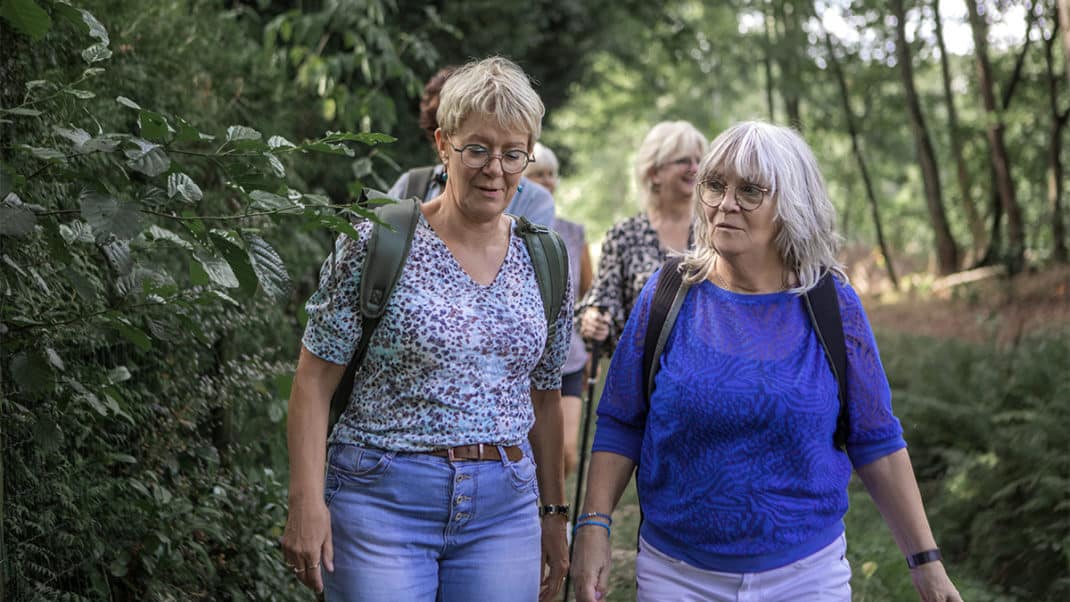Eating Sustainable and Organic Foods
Are you concerned about food quality, safety and the environment? If so, consider buying organic foods grown locally by farmers using sustainable and socially responsible practices to help preserve the earth’s precious resources.
How can you purchase foods grown at sustainable farms and help your health—and the environment? Rosalind Gray Davis, a certified Pilates instructor and an award-winning author, journalist and media consultant in Carmel, California, shines a light on this subject.
Benefits of Eating This Way
Gail Feenstra, EdD, RD, food systems analyst for the Sustainable Agriculture Research and Education Program at the University of California, Davis, describes the benefits of eating a more regional and sustainable diet. “Shopping, eating and cooking fresh, wholesome [foods] with minimally processed ingredients is significant. The social and environmental benefit goes beyond one’s own personal health.”
You can exercise your purchasing power by shopping at local farmers’ markets or at Community Supported Agriculture farms (known as CSAs) that sell locally grown produce and other food products.
Eating Locally Grown Foods
Using a CSA is an easy way to become a “locavore,” or someone who ardently seeks out local food products, typically grown within a 100-mile radius of one’s home. To find a local CSA, access LocalHarvest (www.localharvest.org), which boasts a database of more than 20,000 members throughout the United States and posts a nationwide directory of small farms, farmers’ markets and other local food sources.
According to the website’s director, Erin Barnett, CSAs typically offer a certain number of “shares” for fresh produce and sometimes include other products, such as eggs. In return for their monetary and personal support, shareholders receive a box of seasonal produce each week throughout the growing season.
“[When] you buy directly from farmers, you eat ultra-fresh food with all the flavor and vitamin benefits; you are exposed to new vegetables and new ways of cooking; and you build a relationship with the person growing your food that enriches your own life,” says Barnett.
Buying Organic Foods
Another aspect of a sustainable food system is organic farming. “The idea is to reduce pesticides in the environment, especially the ones that are not safe,” Feenstra says. “Organic farming is regenerative and encourages recycling and composting materials by using cover crops and working them back into the soil as a green manure. It takes into account everything that’s happening in nature and works in concert with it,” she explains.
An organic farmer for more than 30 years, Mark Marino, owner of Cinagro, Inc. (organic spelled backward) in Carmel Valley, California, says, “Organic farming reduces the toxic load on the earth, and that’s what you want to do to your body,” says Marino. “You can lower your pesticide exposure as much as 80% by avoiding the top 12 contaminated fruits and vegetables. It’s about education; and it starts with your own system—what you eat, how you live your life and what stress levels you want involved in your life.”
courtesy of
This handout is a service of IDEA, the leading international membership association in the health and fitness industry, www.ideafit.com.
California Certified Organic Farmers, www.ccof.org. This organic certification and trade association supports organic food and agriculture through its certification program, consumer and producer education and political advocacy. Its organic directory lists products and services and certified organic farms, processors and retailers.
Community Alliance with Family Farmers, www.caff.org. This organization fosters family-scale sustainable agriculture. The alliance’s Buy Fresh Buy Local campaign helps you find and choose local products. Its Growers’ Collaborative™ is a large-scale virtual farmers’ market.
Earthbound Farm, www.ebfarm.com. Earthbound Farm, the largest grower of organic produce in the United States, provides extensive information on organic and sustainable farming, as well as printable material such as “The Pocket Guide to Choosing Organic” and the “Sustain Yourself, Sustain the Plant Pledge.”
Environmental Working Group, www.ewg.org. This Washington, DC–based consumer advocacy and research group has developed a downloadable consumer shopping guide identifying pesticides in produce. It explains the most important produce to buy organically and which conventionally grown fruits and vegetables are acceptable if organic isn’t available.





